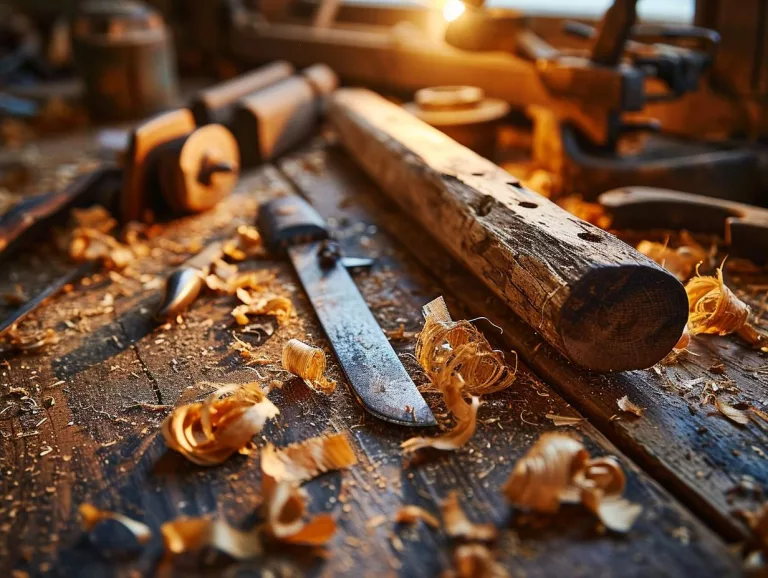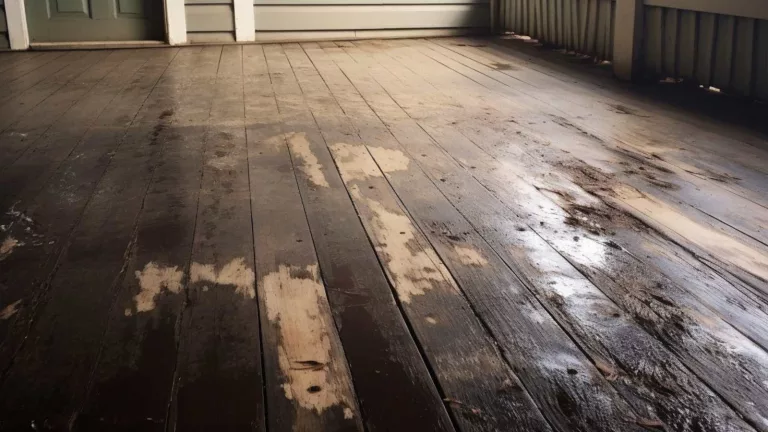Live Oak vs Water Oak: A Comprehensive Guide to Their Differences and Unique Characteristics
In the realm of majestic trees, two species often stand out in the southeastern United States: the Live Oak (Quercus virginiana) and the Water Oak (Quercus nigra). While both trees share a common geographical footprint, their physical characteristics, growth habits, and uses are distinctively different. In this guide, “Live Oak vs Water Oak,” I tried to explore a detailed comparison of these two species, highlighting their unique features from a botanical, ecological, and woodworker’s perspective. Understanding these differences is not only essential for arborists and landscapers but also for homeowners and woodworking enthusiasts who appreciate the beauty and utility of these magnificent trees.
Differences
Physical Characteristics
| Feature | Live Oak | Water Oak |
|---|---|---|
| Height | 50-80 feet (can reach up to 100 feet)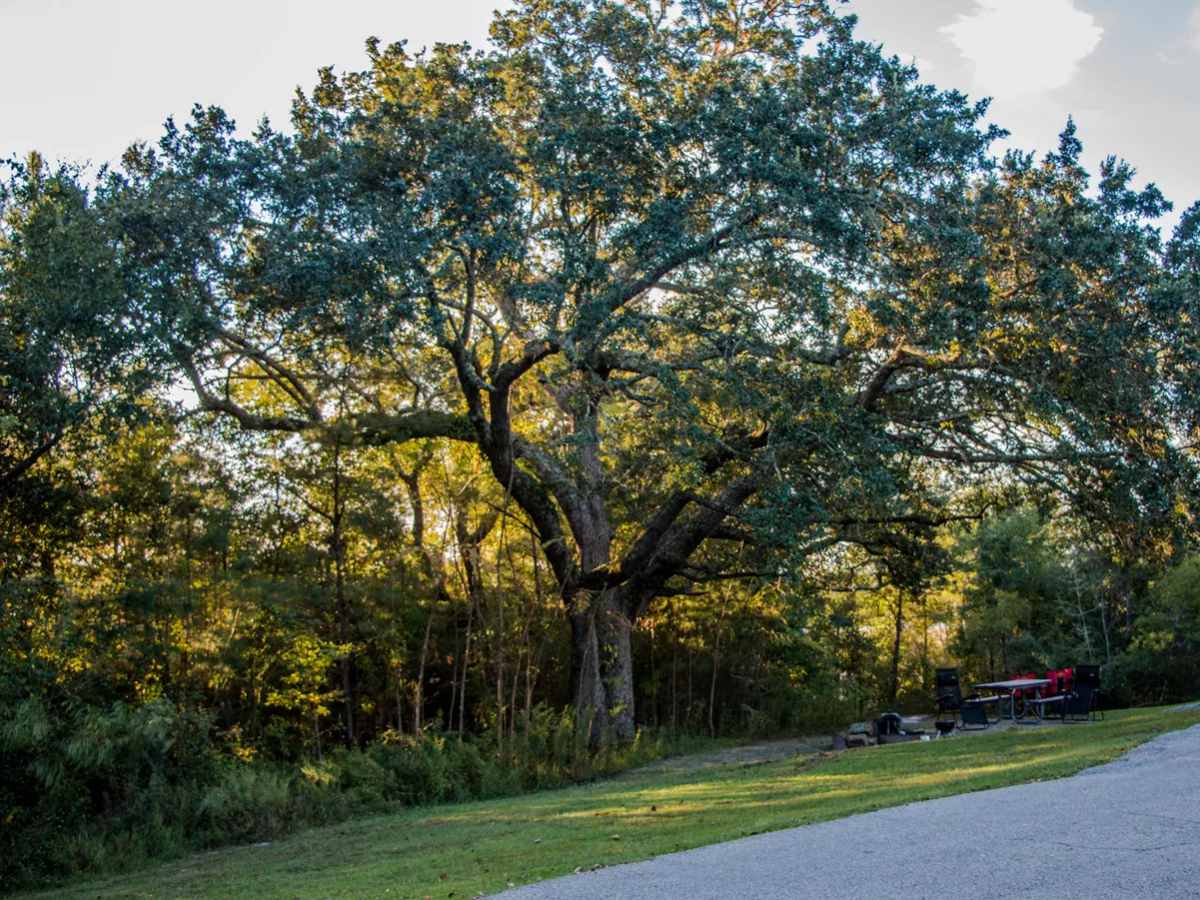 (image credit: National Park Service) | 80-90 feet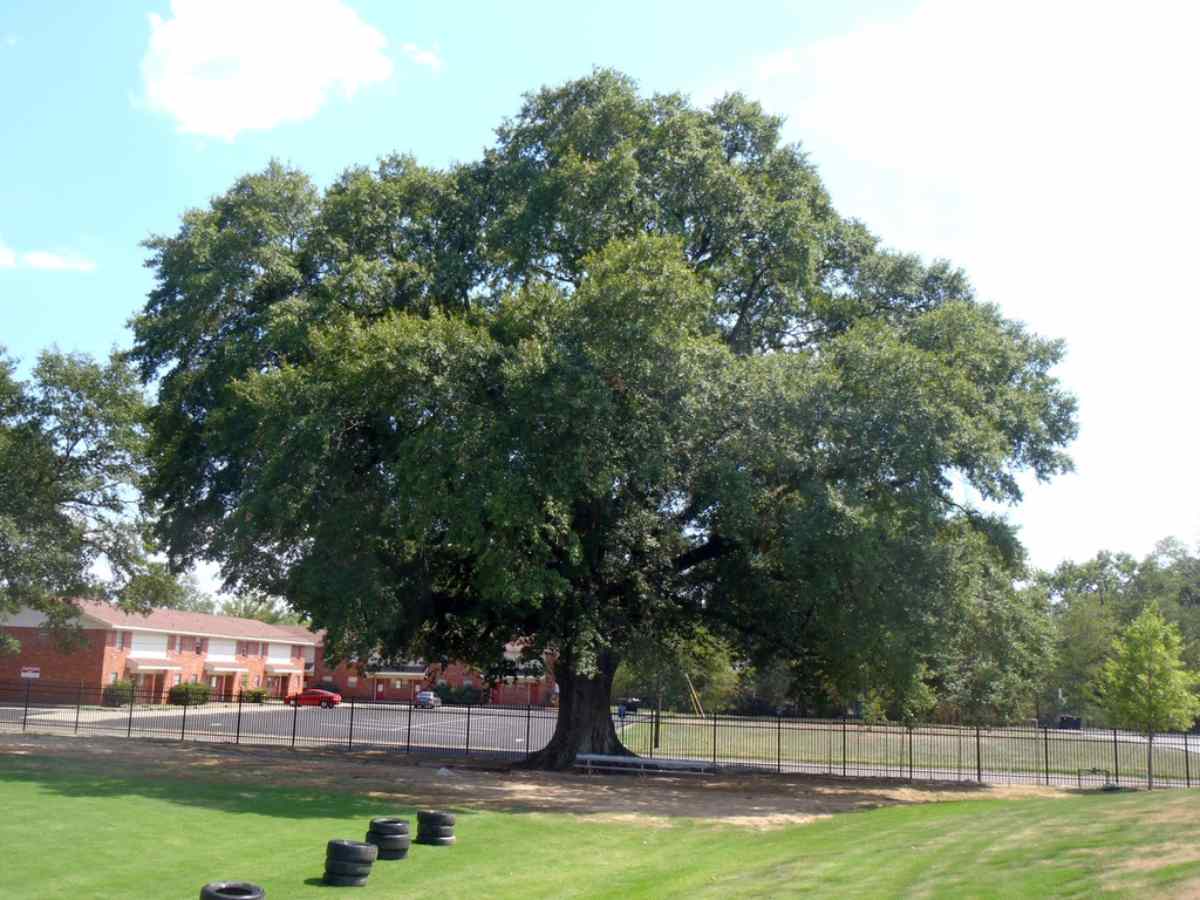 (image from: North Carolina State University) |
| Lifespan | 200-250 years | 50-70 years (up to 100 years in some cases) |
| Bark | Rough, dark brown with deep fissures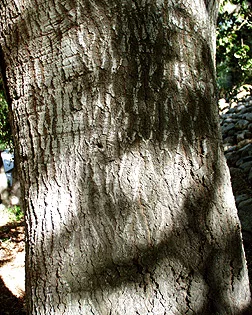 (image source: University of Redlands) | Lighter, almost gray, scaly to large plates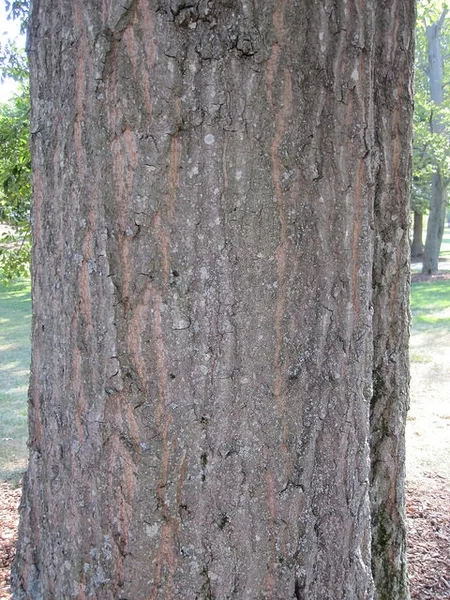 (image source: North Carolina State University) |
| Leaves | Dark green, oval-shaped, glossy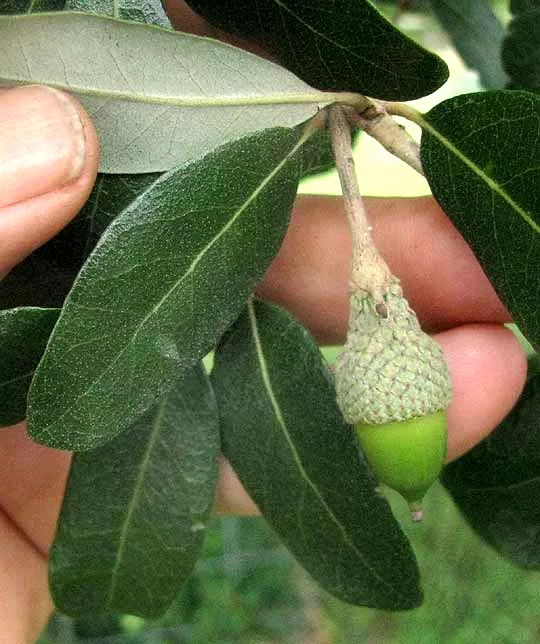 (image source: Backyard Nature) | Glossy blue-green, spoon-shaped or oblong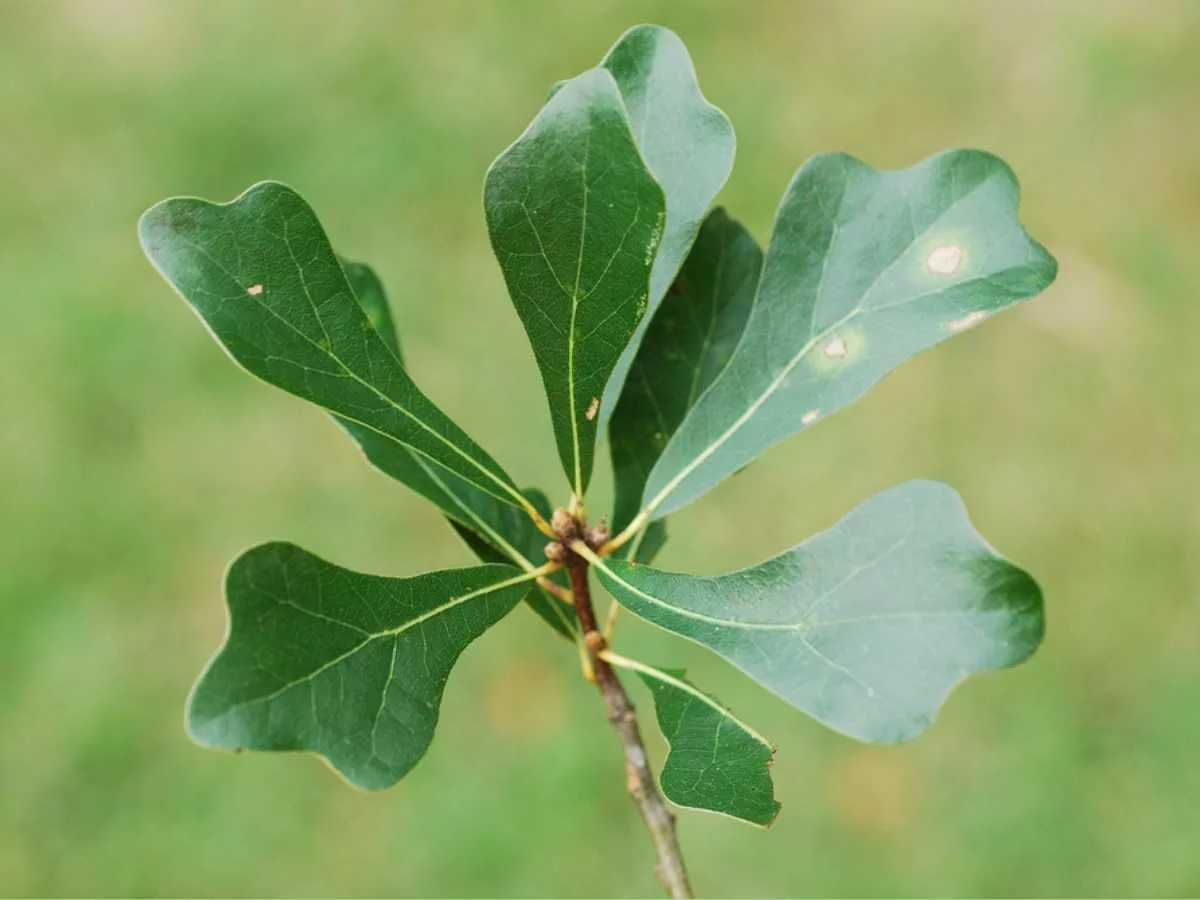 (North Carolina State University, CC BY 4.0) |
| Acorn Shape | Long and thin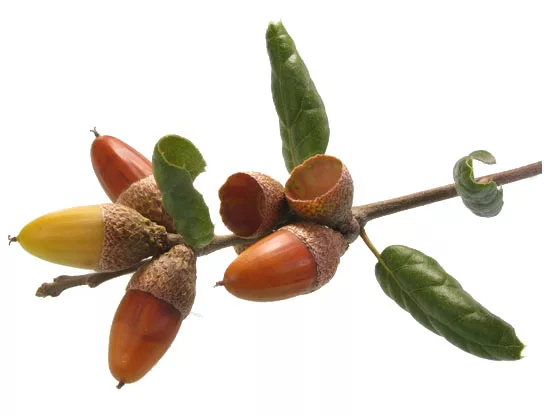 (image source: University of California) | Acorns are with a saucer-shaped, warty cap covering one-fourth of the nut.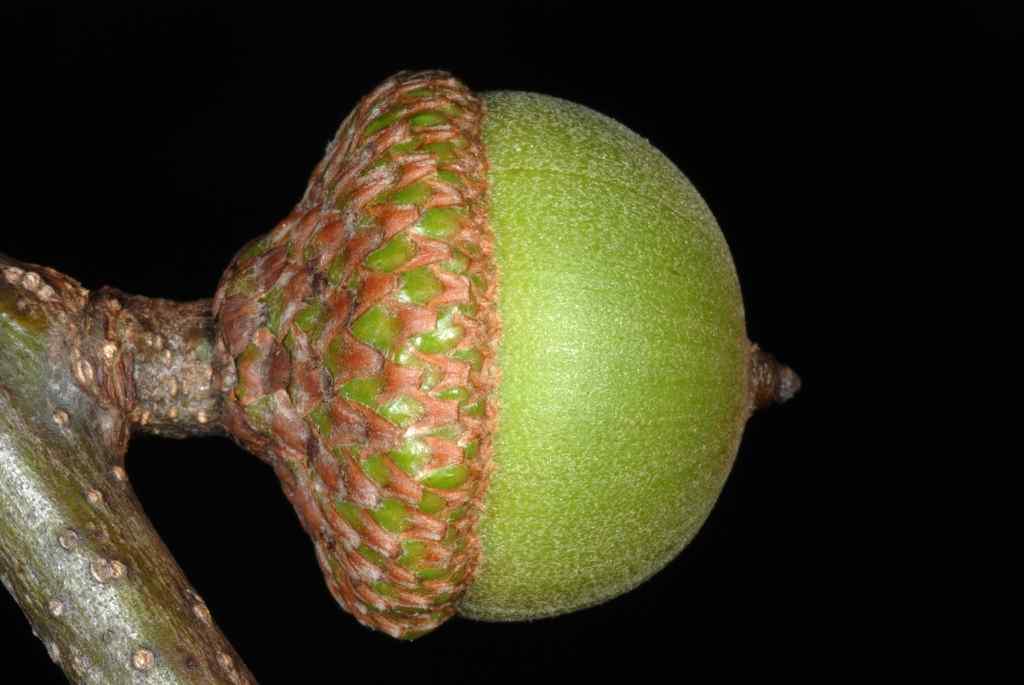 (image source: North Carolina State University) |
| Acorn Size | They typically measure about 0.75 to 1 inch (19 to 25 mm) in length. | Typically 0.5 to 1 inch long |
| Root System | Shallow, thick, and dense | Shallow but not as thick or large |
Growth and Adaptation
| Feature | Live Oak | Water Oak |
|---|---|---|
| Growth on Soils | Grows on hummocks and ridges, shrubby on barren soils | Adapted to moist conditions, tolerates drier soils |
| Trunk and Limbs | Trunk divides into several horizontal limbs | Tall with a trunk about 3 feet wide |
| Native Regions | Southeastern United States, Cuba | Southeastern coastal plains of the U.S. |
| Typical Habitat | Coastal plains, often near the coast | Moist conditions like stream banks |
Environmental and Cultural Significance
| Feature | Live Oak | Water Oak |
|---|---|---|
| Cultural Significance | Symbol of strength, shade, and avenue tree | Ornamental, popular for shade. Water Oak is often chosen and planted for its ability to provide a broad and dense canopy |
Woodworker’s Perspective
| Feature | Live Oak | Water Oak |
|---|---|---|
| Wood Texture | Very dense and hard | Less dense, relatively easier to work with |
| Grain | Interlocked, making it difficult to work | Straighter grain, more predictable |
| Durability | Extremely durable, resistant to decay | Moderately durable, susceptible to rot |
| Preferred Uses | Shipbuilding, outdoor structures and boats.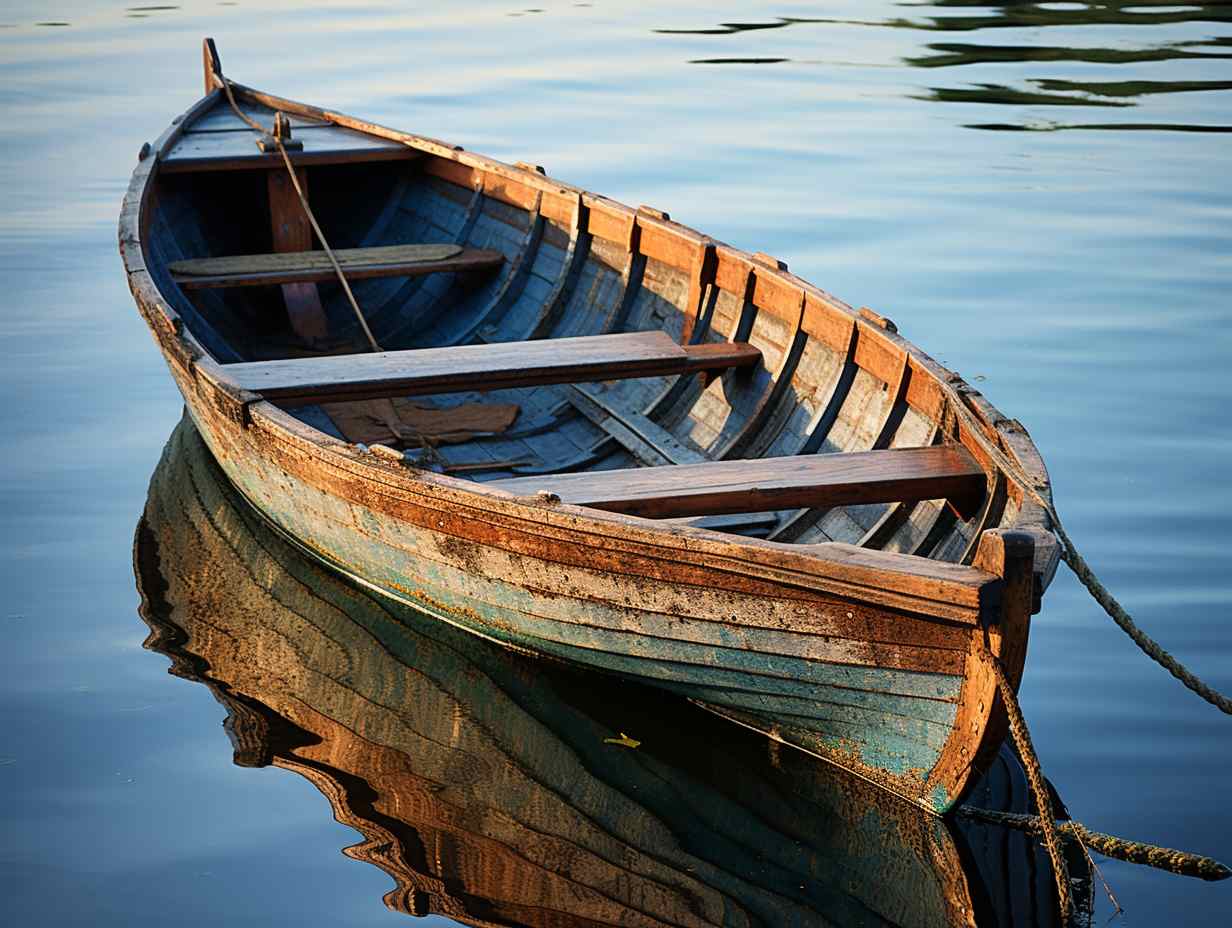 (my dad owns this boat, he purchased it from a local wooden boat market in 2007, it is made of Live Oak) | Indoor furniture, small wood projects |
| My View | Challenging to work with due to density and interlocked grain. Prized for outdoor use due to its resistance to decay and weathering. | More favored for indoor projects where its easier workability and moderate durability are advantageous. |
Live oak identification demonstrated here in this video:
Water oak identification process is here in this video:
Related Reads
- Water oak vs pin oak
- White oak and red oak distinction
- University of California, Agriculture and natural resources
- Oak a hardwood?
- Black vs red oak
- Pin vs scarlet oak
- Willow vs pin oak
- European vs white oak
Conclusion
Water oak tree vs live oak reveals two distinct species, each with its unique characteristics and uses. Live Oak stands out for its durability, wide canopy, and cultural significance, while Water Oak offers fast growth and ornamental value. Both trees play vital roles in their native habitats and serve specific needs in landscaping and woodworking. Understanding their differences helps in making informed decisions for planting and utilization.
FAQs
Is a water oak a good tree?
Yes, it is good particularly for ornamental purposes or providing quick shade due to its fast growth. However, it is relatively short-lived and can be prone to diseases and limb breakage.
Are water oaks good for lumber?
These can be used for lumber, but they are not the top choice compared to other species of the same family. Their wood is less durable and is often used for less critical applications like fence posts or firewood.
How do I identify a live oak tree?
A Live Oak tree can be identified by its expansive, widespread shape; evergreen, leathery leaves that are dark green on top and pale underneath; and its acorns, which are small and rounded. They also have a distinctive, rugged bark.
What’s a water oak look like?
It has a straight trunk with a conical crown that becomes more rounded as the tree matures. It has light green, oblong leaves that can vary in shape, sometimes with a bristle on the tip, and its bark is smooth and gray on young trees, becoming ridged and darker as it ages.


